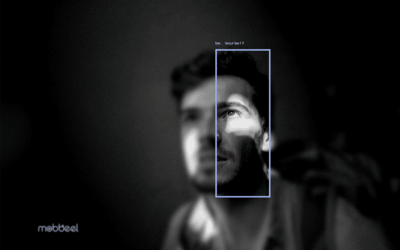September 14th, 2019 marked a turning point in the security of online payments when the PSD2 (Revised Payment Service Directive) came into effect in Europe. The new European regulation strengthens the security of internet banking operations.
The application of this European Directive will bring significant benefits to consumers by speeding up purchasing processes, increasing security, improving transparency and information to consumers, rectifying unauthorized transactions, reducing fraud and removing intermediaries in the online payment process.
You can visit our financial industry page by clicking here
What is PSD2?
PSD2 is the second revision of the Payment Service Directive (PSD, 2007), which is aimed at developing the market for electronic payments in the EU. The different measures highlight the opening for other companies to use banks payment services (Open Banking) and two-factor authentication (2FA) to increase security in transactions and prevent online fraud.
The implementation of the PSD2 regulations, specifically when it comes to SCA on electronic payments, was extended due to the fact that some institutions had difficulties implementing double authentication mechanisms in the given period of time. The EBA set the end date of implementation of the SCA in Europe to 31/12/2020.
Open Banking And third party payment service providers
Third-Party Payment Service Providers (TPP) will be able to enter the payment market by removing intermediaries (such as electronic payment providers and card companies (Mastercard, Visa)) by executing a payment directly on a bank account under the express consumer’s authorization.
As a result of the opening up of banks to third parties, the ecosystem that has been developed has strengthened the payments market, giving rise to the creation of a lot of Fin-Techs. In addition, companies such as Amazon or Alipay will be able to sell us a product without doing so through our bank.
All this is technically possible with the open APIs that banks provide for external payment providers in order to access their payment platforms.
What is Strong Customer Authentication?
How do we improve the security of the data shared between the different stakeholders (customers, merchants and banks) in PSD2? By introducing a more robust customer authentication system based on two-factor authentication, known as Strong Customer Authentication or SCA.
![]() «Two-factor authentication is a security process in which users authenticate their identity using two of the following three methods: something you know (password or pin), something you have (card or mobile), and something you are (facial biometric recognition, fingerprint recognition and so on)»
«Two-factor authentication is a security process in which users authenticate their identity using two of the following three methods: something you know (password or pin), something you have (card or mobile), and something you are (facial biometric recognition, fingerprint recognition and so on)»
![]() «Two-factor authentication is a security process in which users authenticate their identity using two of the following three methods: something you know (password or pin), something you have (card or mobile), and something you are (facial biometric recognition, fingerprint recognition and so on)»
«Two-factor authentication is a security process in which users authenticate their identity using two of the following three methods: something you know (password or pin), something you have (card or mobile), and something you are (facial biometric recognition, fingerprint recognition and so on)»
Despite the fact that many of the payments we usually make already use two authentication factors, with the implementation of the PSD2, use of biometric authentication will be massively increased since it has been proven to be one of the most agile, secure and efficient methods to authenticate the identity of a consumer in the online purchase process.
Biometric Authentication in online payments
With the arrival of PSD2, biometric payments leave that part of the collective imagination that considers them to be science fiction to become part of our daily lives.
And not only in online payments but also in physical stores, where in a short time we will begin to pay through facial recognition, fingerprint, voice or iris, by being able to use a biometric authentication system or another based on our needs and factors such as illumination or environmental noise.
If you are interested in our technology do not hesitate to contact us, and if you liked the article, share it and add value to your followers!

I’m a Software Engineer with a passion for Marketing, Communication, and helping companies expand internationally—areas I’m currently focused on as CMO at Mobbeel. I’m a mix of many things, some good, some not so much… perfectly imperfect.

GUIDE
Identify your users through their face
In this analogue-digital duality, one of the processes that remains essential for ensuring security is identity verification through facial recognition. The face, being the mirror of the soul, provides a unique defence against fraud, adding reliability to the identification process.




